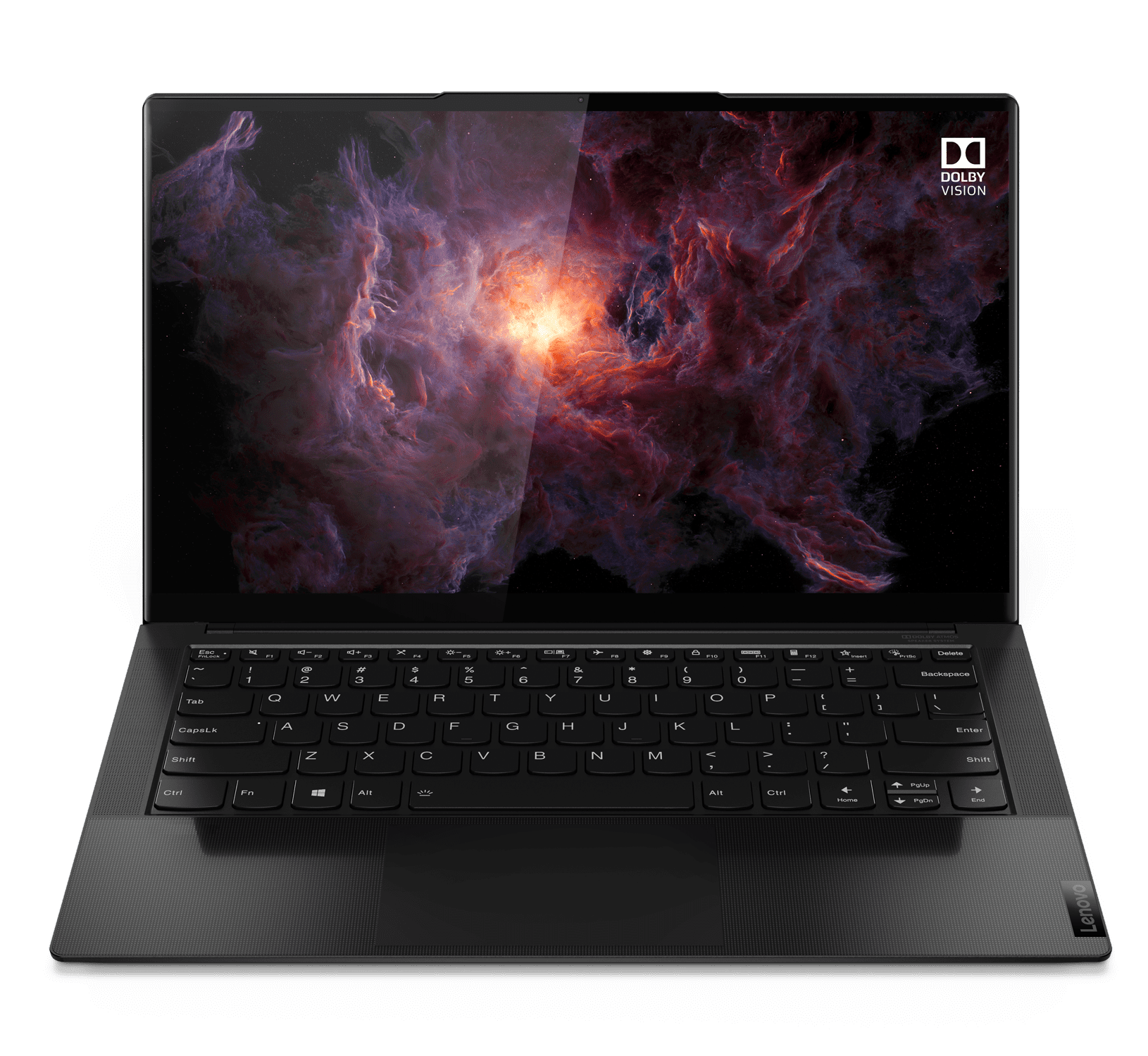coercitiv
Diamond Member
- Jan 24, 2014
- 7,443
- 17,730
- 136
Don't get me wrong, I'm not downplaying M1, but I was actually expecting a more aggressive presentation instead. As it stands the most valuable information we have is still based on the performance numbers from GB5 and sites like Anandtech, corroborated with the new resource allocation described by Apple for M1. (number of cores, UMA & memory packaging, active cooling which also mens ST perf scaling etc)The Apple M1 is an absolute killer. The CPU's single thread performance is Tigerlake or better, they are claiming 40% better overall performance so the MT performance might be on par with Renoir, and the GPU is a 2.6TFlop part that performs at least on par with a well-optimized + 28W Iris Xe(which doesn't exist on production laptops) and possibly even faster than that.
The one thing that hits the hardest when looking at Intel's product stack is the closest product they have to M1 is Lakefield. I'm not going to compare performance and power numbers, but focus on sale strategy instead: they actually attempted to sell Lakefield as a premium product. They had Samsung build a Mac Air equivalent in both form factor and price, and the silicon inside now looks like a toy.
I honestly hope Alder Lake delivers 110% on internal performance goals.





